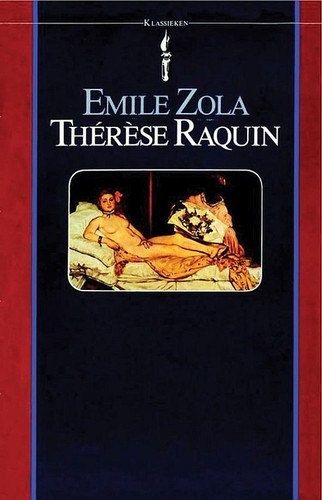
Thérèse Raquin
by
Émile Zola's Thérèse Raquin is a Naturalist novel exploring themes of lust, adultery, and guilt, set in the grimy backstreets of Paris, where Thérèse, unhappy in her marriage, engages in a passionate affair with Laurent, leading to a tragic outcome.
Here's a more detailed overview:
Setting and Characters:
The story unfolds in a dingy Parisian setting, focusing on Thérèse, a young woman married to her sickly cousin Camille, and her aunt Madame Raquin, who controls her life. Thérèse's life is further complicated by the arrival of Laurent, Camille's friend, who captivates her with his strength and vitality.
Plot:
Thérèse and Laurent's passionate affair escalates into a plan to murder Camille, driven by their desire for each other and a desire to escape their unhappy circumstances. After the murder, they are haunted by guilt and the ghost of Camille, and their passion turns to hatred.
Naturalist Themes:
Zola's novel is a prime example of Naturalism, exploring the deterministic nature of human behavior, where characters are driven by their instincts and circumstances rather than free will. Zola's characters are portrayed as "human animals" whose actions are determined by their temperament and environment.
Impact and Reception:
Thérèse Raquin caused a scandal upon its publication in 1867, with Zola being accused of pornography and "putrid" obscenity. Zola defended his work in the preface to the second edition, outlining his Naturalist approach and claiming to study "temperaments and not characters".
Key Themes:
Lust and Passion: The novel explores the destructive power of unchecked desire and the consequences of pursuing passion at any cost.
Guilt and Remorse: The characters grapple with the psychological toll of their actions, leading to a descent into madness and despair.
Social Determinism: Zola's work highlights the influence of societal structures and environment on individual behavior, suggesting that people are products of their circumstances.
Naturalism: The novel is a key example of the Naturalist movement, which aimed to portray life realistically, even if unflattering, and to explore the darker aspects of human nature.



